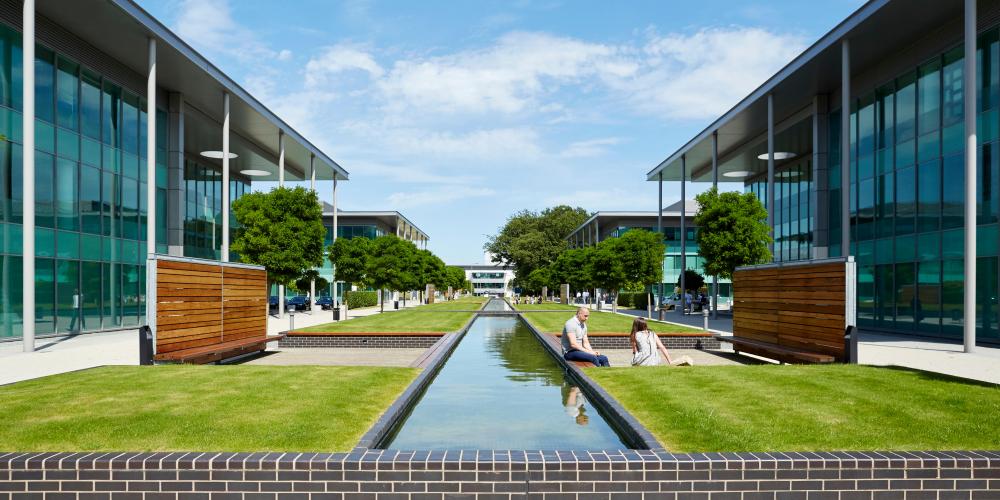Skip to main content
-
Home
-
Key principles
Key principles
Global trajectories
- Respond to transformative changes in disciplines and technologies
- Research activity and personnel are international and increasingly mobile
- A place for the most talented people and organisations
- A location for innovative activities and spaces
‘Oxford-ness’
- A ‘good neighbour’ to surrounding communities
- Opportunity to create a new centre within the north of the city
- New amenities should serve surrounding and emerging neighbourhoods as well as the site itself
- Building profiles should respond to topography and the character of the surrounding area
Long term adaptation
- Simple development parcels serviced by straightforward infrastructure
- Development parcels capable of subdividing or fusing depending on building sizes and functions
- Buildings should be robust and future-proofed
Landscape
- Masterplan organised around a clearly defined set of open spaces
- Three land areas linked together, with distinctive conditions responding to specific opportunities
- Fingers of open space oriented towards the Canal and Port Meadow
- A central street can form the heart of the site
- Internal ‘green’ to the east protects from road and rail noise
Climate and energy
- Canopies and shelters link buildings to protect from the rain
- Open spaces and public activities oriented towards the sun
- Rainwater used for cooling of buildings and amenity in public realm
- Opportunities for leadership and innovation in sustainability and for this to be undertaken
